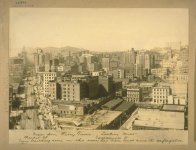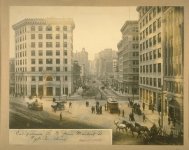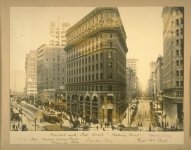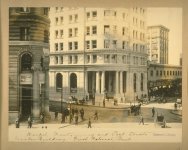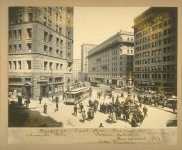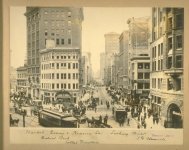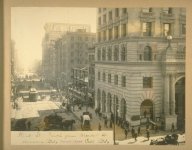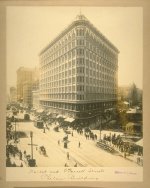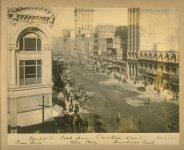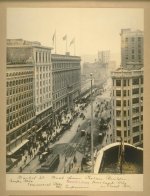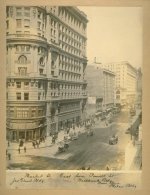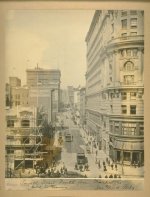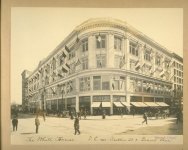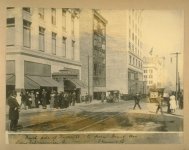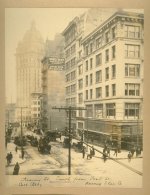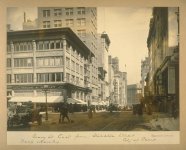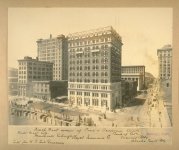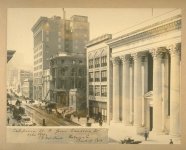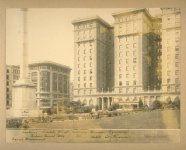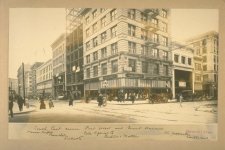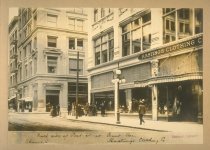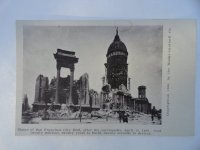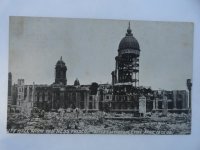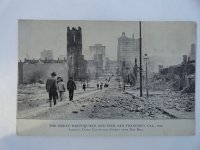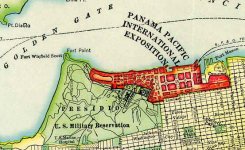Was somewhat bewildered by this 2 and 3 year San Francisco metamorphosis. If you remember, this unfortunate event happened on 04/18/1906, and below are the consequences.
1907 SF achievements can be seen here: Link
KD: As far as I understand, 1906, 1907, 1908 and 1909 conditions of San Francisco are officially dated. Hard to believe TPTB could lay an egg like this. Yet, it’s right here in our face. What kind of infrastructure did they have back then?
Considering that I probably do not comprehend things like I used to: Is this a normal "rebuild" speed?
SF in 1 Year: 1907
San Francisco rising from ruins, April 18, 1907. View southeast from Nob Hill showing reconstruction progress. With ruins of Towne home ("Portals of the Past") in foreground.1907 SF achievements can be seen here: Link
- Unbelievable. How many years did it take us to restore New Orleans after Katrina?
SF in 2 Years: May 1908 - larger image

SF in 3 Years: April 1909 - larger image

New 1909 San Francisco
SF in 3 Years: April 1909 - larger image
New 1909 San Francisco
- The New San Francisco album contains 24 mounted prints taken by Edward N. Sewell in 1909 representing the state of recovery of San Francisco three years after the devastating earthquake and fire of 1906 which destroyed much of the city. The album primarily features scenes of the city's financial district, mostly along Market Street and its cross streets. Buildings pictured include the Phelan Building, the Crocker Building, First National Bank, the Palace Hotel, the Chronicle Building, the Monadnock Building, Mutual Bank, the Aronson Building, the Call Building, the Roos Brothers Building, Humboldt Bank, the Flood Building, the Emporium, the Westbank Building, the Fyfe Building, the White House, the City of Paris, the Bank of California, and the Hotel St. Francis. The album also includes a view from the top of the Ferry Building westward, showing the overall development of the portion of the city most damaged by the 1906 disaster.
KD: As far as I understand, 1906, 1907, 1908 and 1909 conditions of San Francisco are officially dated. Hard to believe TPTB could lay an egg like this. Yet, it’s right here in our face. What kind of infrastructure did they have back then?
Considering that I probably do not comprehend things like I used to: Is this a normal "rebuild" speed?


